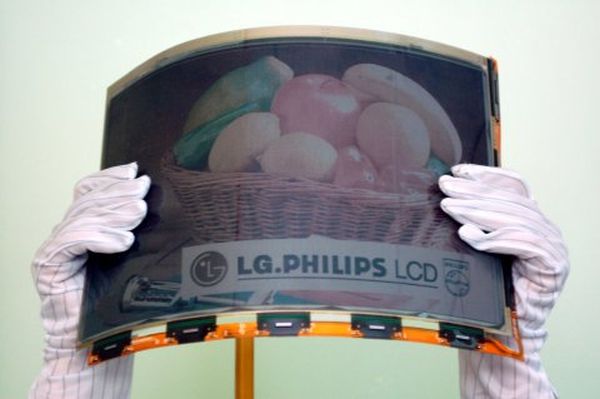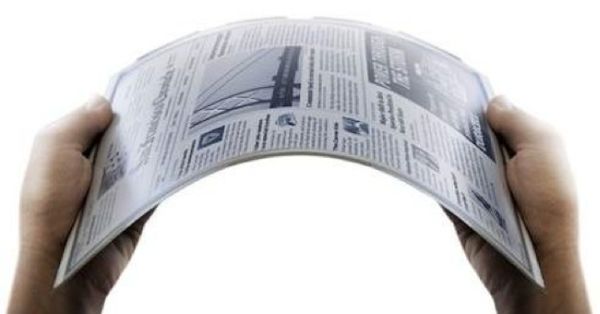As we progress, our lifestyle changes with us. Concepts that weren’t thought of or were figments of a person’s imagination are now realities. Reading has taken on a whole new meaning with most of it done online or using e-papers. Electronic papers provide for more comfortable reading than conventional displays owing to stable images. Unlike other displays that need to be refreshed, e-papers continue to provide users with the same image on a much wider angle. They can also be read under direct sunlight with no problems.
There’s a race among manufacturers to provide e-papers with full color abilities. With advancements in technology, electrophoretic displays rule the roost of the e-paper category for their low energy consumption and paper like quality. But, due to their high tech functions, they can be pretty expensive, leaving only the rich capable of buying them. Some of the more known electrophoretic displays include the likes of Barnes & Noble Nook, Amazon Kindle, Sony Reader, Sony Librie and iLiad. With these cool gadgets, users will feel like they’re reading a conventional book instead of an electronic version.
The good
As if e-papers weren’t advanced enough, now the world is experimenting with flexible electrophoretic displays that not only look like paper but are flexible as well. The technology is still in the testing stage and it may be a while before it is mass produced. But just the fact that companies like Sony have managed to develop such a device shows that we’re moving to a future where conventional paper may become history.
E-paper is an eco friendly alternative to conventional paper. Since the latter is produced from trees which aren’t an abundant resource anymore, it bodes well for the few forests that are left standing. Moreover, reading text on standard tablets and laptops causes strain to the eyes which is why users aren’t able to stare for long hours at conventional displays.
a) Electronics giant, Sony, recently demonstrated its flexible e-paper that uses a plastic substrate instead of a glass panel. While some other companies have their own offerings, Sony’s initiative provides more in the way of color and flexibility. The new e-paper measures 13.3 inches and has a thickness of just 150μm. It weighs around 20 grams and features a contrast ratio of more than 100,000:1.
The e-paper makes use of RGB pixels and white subpixels with a count of 800×1200. The resolution is 75ppi and Sony managed to reach such figures by precisely attaching the substrate to the electronic ink front plate. The TFT substrate was attached using a glass substrate.
b) The e-ink display is powered by light, both indoor and outdoor, and has a life of about 18 months. This means that you don’t need very powerful light sources in order to be able to read comfortably.
c) The display is a self contained unit that integrates a power generator and the program needed to operate the display. A solar panel attached to it not only draws power from the sun but artificial light as well. This is good news for people who reside in areas that don’t see a lot of sunlight.

The bad
While e-paper doesn’t need trees for its development, this doesn’t mean that it has no environmental impact. According to a study, e-paper was found to have the same impact on the environment like conventional laptops and PCs if used for 30 minutes.
The technology is also expensive compared to a netbook or an iPod Touch. Potential buyers eager to use e-papers will need to wait for the cost of newspapers and magazines to drop drastically before they can be made affordable for all.
E-papers don’t work unless there is a light source unlike conventional LCDs. They also have a slow response rate compared to tablets and laptops.
Electronic papers are fragile and if they were to get damaged due to mishaps or clumsy handling, the replacement cost would be quite high.

The ugly
LCDs display rich color and have no problems projecting moving images. E-paper, on the other hand, cannot hope to compete yet. In order for them to fully replace LCDs, there will need to be a compromise between lower power consumption and the requirements for full motion recordings. However, the energy consumption of e-papers is lower than that of netbooks and tablets as they reflect light instead of using backlights to illuminate pixels.
For now, the world will have to contend itself with LCDs and conventional paper. But who knows? Maybe the future will just be able to offer us a power efficient platform to enjoy rich moving images that aren’t as fragile as what we have now.





